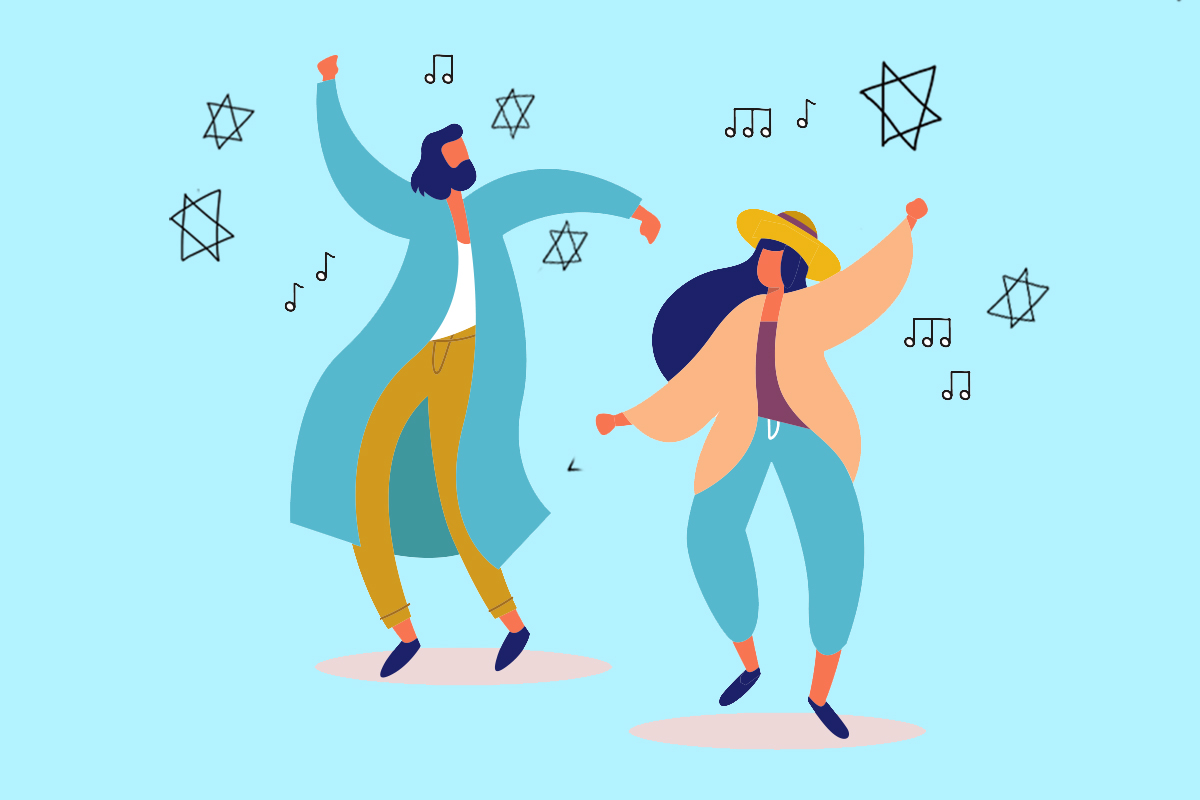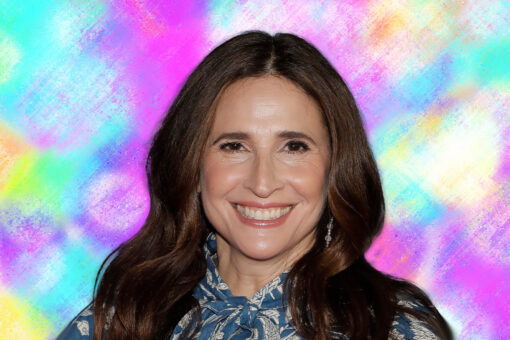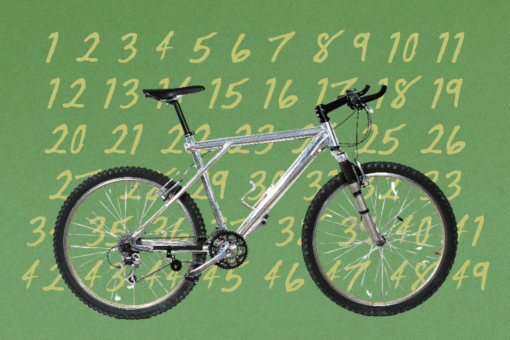In April, I spent a half hour bounding around the 25 square feet of empty space in my bedroom along with hundreds of people on Zoom. They were beaming in from across almost every continent while our fearless dance teacher directed us from his living room in Tel Aviv.
For a pandemic-era workout, forget yoga. Do Gaga.
I don’t mean the Gaga played at Jewish summer camps, AKA the dodgeball of the Berkshires. This Gaga is a movement language created by Ohad Naharin, the Israeli choreographer (and certified genius, IMO) who propelled the Tel Aviv-based Batsheva Dance Company to international stardom.
I first encountered Gaga when I worked (not as a dancer) at Batsheva, the world-renowned contemporary dance company whose sensibility transcends stylistic definition. After work, I’d wander into the studio and join a Gaga class, populated by everyone from hippies and hipsters, to middle-aged Tel Aviv residents, to Batsheva’s international roster of professional dancers.
The class, which I’d incorrectly imagined would be a conventional free-flowing dance class — like Zumba with less instruction — quickly evolved into something with much more precision and depth. The teacher guided us with movement that was in one moment lithe, light, or invisibly small, and the next explosive and expansive. As she led by example, she directed us with evocative metaphors, drawing our attention to our “seaweed spine,” describing our “flesh grabbing bones,” telling us to “float,” “curve,” and “quake.” Unlike many dance classes, there were no mirrors and we weren’t learning a routine. Our teacher stood at the center of the room in loose-fitting clothes, and we stood around her in a spread out clump, attempting to connect to sensations emanating from deep within our muscles and flesh.
Ohad Naharin, who’s been a leading player at Batsheva since joining the company as Artistic Director in 1990 (his title is now House Choreographer), originally developed Gaga as a way to better communicate with the dancers performing his work. In Move, the dance documentary that recently hit Netflix, there’s an episode dedicated to Naharin. In it, he says that if he had to describe Gaga, he’d say that it’s like “strengthening your engine,” which in turn can “make what’s heavy feel much lighter.”
Naharin describes being frustrated by his limitations in communicating with the dancers with whom he was collaborating. His response was to create Gaga, which gave them a shared vocabulary and toolbox that could inform how the dancers performed his choreography. Now, dancers in Batsheva’s companies practice Gaga every day and tout its therapeutic benefits, helping them to move through injuries and pain.
Kelvin Vu, a Gaga teacher who used to dance in Batsheva’s Young Ensemble, told me that for him, Gaga is also about finding a “higher volume of expression, a richer quality of movement.” But Gaga isn’t only for dancers — it’s for us lay people, too. “Having a greater awareness of your body is such a source of pleasure,” Vu said. “Gaga heightens how in tune you are with what’s happening in your body and the outside world, and that heightened sensitivity is a great thing for anybody.”
It was one of the small silver linings of the pandemic that Gaga classes became available online. Ana Harmon, a Gaga teacher who also works for the Gaga organization and has been coordinating their online classes, told me that they started offering classes online to support Gaga teachers, many of whom, like so many artists, found themselves without a livelihood as the coronavirus forced everyone to stay home.
Now, Gaga offers online classes multiple times a day, seven days a week (a single class costs $9, while an unlimited monthly pass is $68). They soon hope to include classes taught in languages other than English and recently began offering a seated class tailored to those who aren’t able to practice Gaga standing. The classes have been extremely popular, and Harmon told me it’s been inspiring to see people in so many different countries (Taiwan, Brazil, Canada, the UAE, Israel, Italy… the list goes on) as they dance, virtually, next to each other. “Gaga online is a different experience from Gaga in-person,” Harmon said, “and it serves people who wouldn’t normally have access to classes or who are too shy to research this often very exposed, delicate, and sensual movement.”
As I Gaga’d my way through a stressful spring and a depressing summer, I found that the classes became a helpful antidote to this year’s myriad woes. For one, it’s a workout that makes you sweat and directly battles sluggishness and that stiff, numb lower body feeling that I’ve dubbed Couch Butt. And watching hundreds of strangers dancing in their little boxes around the world has been a welcome antidote to being stuck in one place.
But Gaga also gets at something more nebulous that so many of us have been feeling these days: a general loss of vitality and connection to our physical selves. Gaga is fun. Remember fun? There’s a reason we dance at weddings and dance at parties and dance in the streets when wannabe dictators don’t prevail — it’s a way to connect to the joy of life that’s been relatively absent during this bleak time. Gaga reminds me that I have flesh and bones, that my physical self hasn’t ceased to exist while it’s been confined and under-socialized. As it’s been harder to connect to the parts of ourselves that want to be seen by other people and engaged in the world, it’s been therapeutic to move to music and to dance with people in countries that I can only fantasize about visiting.
When Naharin talks about Gaga, he describes it as a kind of physical research, as a way of locating the parts of your body that have atrophied, the parts that need to let go, that once found allow for an expanded freedom of movement. As Vu told me, “Not to get too philosophical, but in this time when we’re so often fighting about the importance of nuance and the ability to hold contradiction, Gaga is about existing in many states at the same time. Grabbing and letting go at the same time is such a physical thing, but that tension is what gives richness to movement and to moments. That idea ripples out into other areas, whether it’s politics or life or the ways we treat each other.”
In other words, it’s just what the doctor ordered.



